Streamside Habitat
Riparian Habitat (Streamside) Management and Restoration
What is riparian habitat?
A riparian area refers to land found next to water, such as streams, rivers, and lakes. Here you often find trees and shrubs that love wet soil, like Red Alder, Oregon Ash, Black Cottonwood, and Willows. Some riparian areas also have evergreen trees, such as Western Red Cedar and Willamette Valley Ponderosa Pine.





Why is riparian vegetation Important?
Riparian vegetation helps the environment in many ways, including:
- Keeping water cool by providing shade from trees
- Creating habitat for fish and wildlife like salmon, frogs, turtles, birds, and beavers
- Reducing the amount of pollution entering the water
- Preventing soil from washing away along streambanks
Over time, this important habitat has declined in size and become less connected to rivers and streams, especially in lowlands and valleys. Human activities, invasive weeds, and livestock have contributed to the decline of healthy riparian areas.
To restore these habitats, people start by removing invasive plants, planting native trees and shrubs, and putting up fences to keep livestock out while providing other access to water.
How can the District help me?
Conservation specialists from the District are here to give free help and advice to restore your riparian area. We can visit your property and create a special plan just for you.
If you want to get started on your own, we have a free workbook to help you! It will guide you through the whole process, from checking your site to taking care of it for several years. You’ll learn how to take inventory of your land, choose native plants, control invasive weeds, and more.
Do you have questions for a Conservation Specialist?
Special Alert

Emerald Ash Borer
The Emerald Ash Borer (EAB) is a wood-boring insect that attacks and destroys ash trees. Oregon Ash (Fraxinus latifolia) is the only native ash tree in Oregon, and it plays an important role in streamside habitats. Unfortunately, this tree is very vulnerable to EAB, and experts believe that over 99% of Oregon Ash trees could disappear in the next 10 years. EAB was found in Clackamas County in the summer of 2024.
For Additional information check out our Invasive Species Index and select Emerald Ash Borer.
Streamside News

July 2, 2025• Animals, Farm Support, Featured, Horse & Livestock, Land Management, Rural living, Streamside Habitat, Weed-of-the-Month, Weeds, Working lands, Working together






